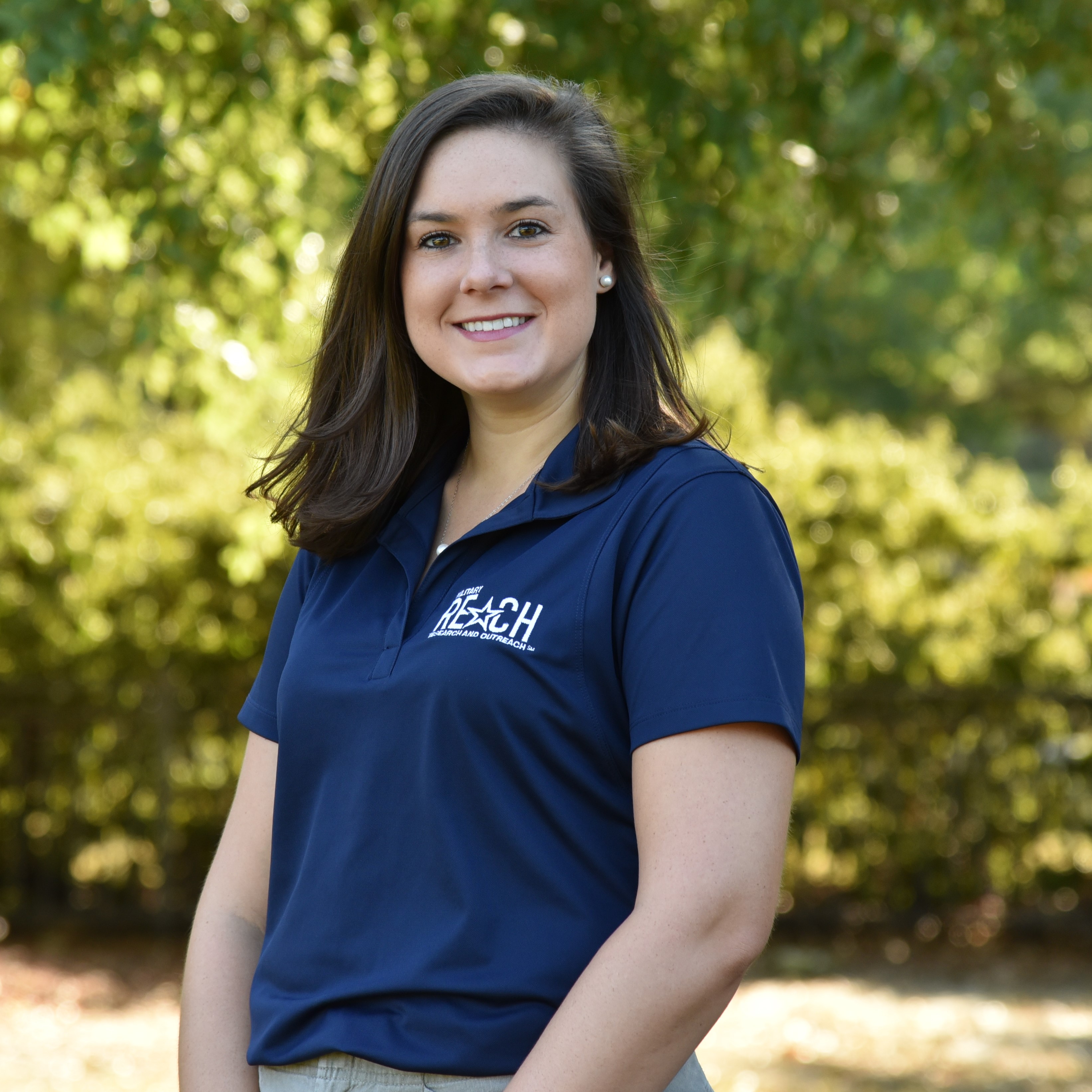Introduction: Women are an ever-growing and integral part of the U.S. military. However, the research on community reintegration (CR) for injured female Veterans is limited. The purpose of this study was to identify the contextual factors influencing CR for injured female Veterans. Methods: Female Veterans reporting a physical or psychological injury acquired during military service (N = 31) completed the Community Reintegration of Service Members’ Extent of Participation (EOP) and Satisfaction with Participation (SWP) subscales, the Craig Hospital Inventory of Environmental Factors, and the New General Self-Efficacy Scale to identify personal and environmental factors affecting CR. Statistical analyses were conducted to determine the clustering of participants on the basis of CR scores and the effect of environmental factors and self-efficacy on CR. Results: Levels of CR were organized into low, moderate, and high CR clusters. General self-efficacy was significantly related to CR, and a significant difference was observed between high and low CR clusters. CR was not related to time served in the military, total time deployed, history of suicidal ideation, or having a dependable social support system. Discussion: Findings indicate that general self-efficacy had the strongest relationship with CR for injured female Veterans. Results also suggest that participants had varying levels of CR, and those with lower levels of CR were more likely to perceive environmental factors as barriers to CR. Future research should explore the influence of environmental barriers on CR for injured female Veterans with a larger sample.
Library (1)
Research in Action (2)
News (1)
Showing library results for: Haley2020Hawkins
1 Identifying contextual factors that impact community reintegration in injured female veterans
APA Citation:
Griffiths, H. K., Hawkins, B. L., & Crowe, B. M. (2020). Identifying contextual factors that impact community reintegration in injured female veterans. Journal of Military, Veteran and Family Health, 6(1), 38-47. https://doi.org/10.3138/jmvfh.2018-0043
STUDENT HIGHLIGHTS: HALEY HAWKINS, UNDERGRADUATE RESEARCHER

Loading



